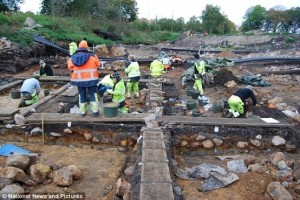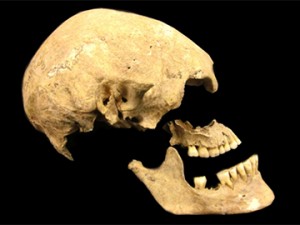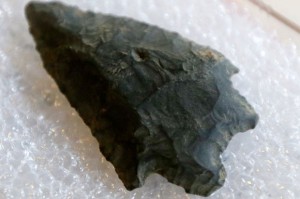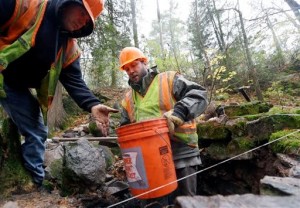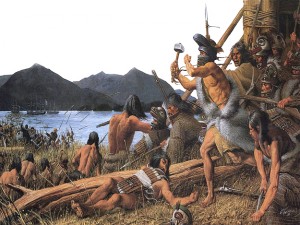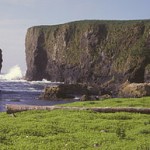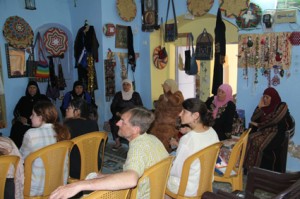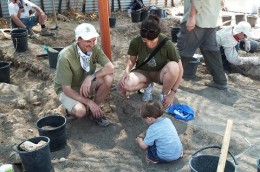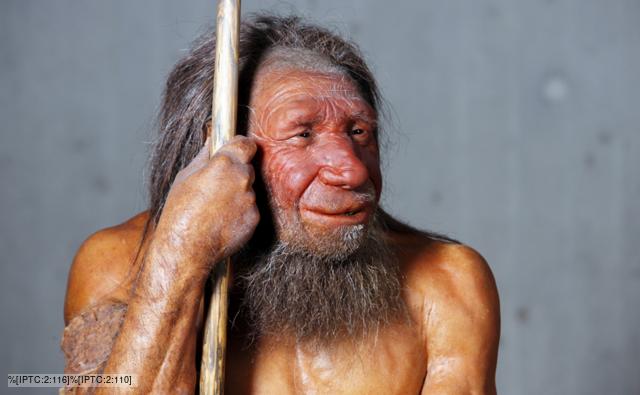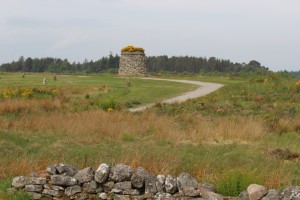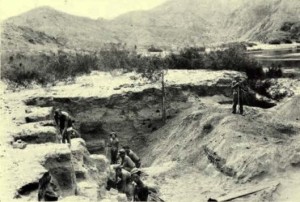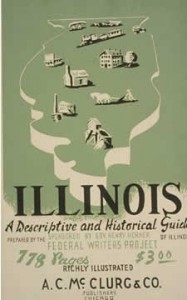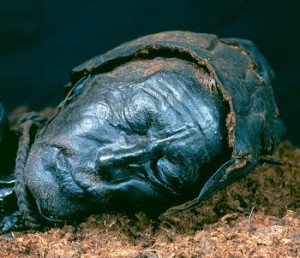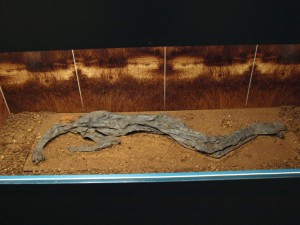Marxist Archaeology was a field created in the early 20th century by soviet archaeologist in which they started questioning archaeological sites with the class struggle and unfair business practices. Vere Gordon Childe was the most prominent Marxist archaeologist when the field was first formed it was his love with socialism that transferred over to his works in archaeology. Man Makes Himself and What Happened in History are Childe’s most prominent works in literature. Childe is also famous for his excavation of Skara Brae, a Neolithic village of the Orkney Islands. Marxist archaeology resurged in the 1980’s with Post Processual Archaeology.

Skara Brae was discovered when the ocean sea waves and wind unearthed the former stone village.
Social classes are not a modern idea, there have been hierarchies in cultures ever since the original chiefdoms. The unequal distribution of wealth/resources what is considered a natural phenomenon comes with other consequences to those who are found lower on the pyramid. Application of Marxism can be seen in an excavation of the roman city of Dorset, in Great Britain, examined 291 bodies of all classes to determine the demographics of that area. The findings are not surprising those who were of high class has a decrease in chance of fallen sick compared to their poor counter part. The lower class had a lower life expectancy and the infant mortality rate was increased for those of the lower class versus the higher class. These examinations were non-bias as the bodies were of all age categories. This also covered the timespan of 400 years from the first century C.E to the Fifth century C.E. So what can this tell us about today well if you look at what the western world considers a developed and undeveloped nations we can see that the infant mortality rate between the two haven’t changed for over 1500 years!
Another example of Marxist Archaeology is with the Aboriginal southwest &northwest in the united states. The original Archaeologist studying these areas felt that they were considered chiefdoms, that never got out of a middle barbarism state. The first fault with this idea was the fact that the elite lived in grand houses while the rest lived in brush huts. The research shows that the pueblo people are not exactly like their former ancestor and have an increase communal order then their predecessors. The complex hierarchies of the original Aboriginals seemed to have diminished once the Spanish reached them. This interference is why their culture went from a complex system to a simpler egalitarian system. This is important because if this can occur than that means that this successful structure can occur with other societies/cultures as well maybe even ours.

Pueblo homes, debates about classification of ancestor society
In a paper “Reflexiones Acerca De La Arqueologia Social” questions the conservatism of excavations and argues that just looking at what the upper class have prevents us from truth. The authors believe that we must study the working class of a civilization to learn about the truth of their culture as a whole. These authors also believe that in doing this way we can help relate these to our own socioeconomic problems through the artifacts discovered in past cultures.
Additional Reading
The Archaeology of V. Gordon Childe: Contemporary Perspectives edited by David R. Harris
http://capitalisminarchaeologicaltheory.wordpress.com/randall-h-mcguire/
Works Cited
Faulkner, Neil. “Gordon Childe and Marxist Archaeology.” International Socialism 116 (2007): n. pag. Print.
García, Juan Carlos M., and Javier E. Rodríguez. Reflexiones Acerca De La Arqueologia Social. Academia. N.p., n.d. Web. <https://www.academia.edu/1961179/Reflexiones_acerca_de_la_Arqueologia_Social>.
“Gordon Childe.” BBC News. BBC, n.d. Web. 21 Sept. 2014.
McGuire, Randall. Rethinking Power and Social inequality. N.p.: n.p., n.d. Print.
“Skara Brae.” Orkneyjar. N.p., n.d. Web. 21 Sept. 2014. <http://www.orkneyjar.com/history/skarabrae/skarabraepano.jpg>.
“Status and Health in Roman Dorset: The Effect of Status on Risk of Mortality in Post-Conquest Populations.” Pubmed. weilly, 8 Aug. 2011. Web. 21 Sept. 2014. <http://www.ncbi.nlm.nih.gov/pubmed/21826637>.
“Taos Pueblos Mud Houses.” National Geographic. N.p., n.d. Web. 21 Sept. 2014. <http://images.nationalgeographic.com/wpf/media-live/photos/000/280/cache/taos-pueblos-mud-houses_28026_600x450.jpg?01AD=3ISgALNq0LEkDFequRA7Afh4TwHKKEIQ1-1P_svNBuDi35fCYIGQl5w&01RI=BEBD2311EE49E17&01NA=>.



